
When it comes to gaming peripherals and monitors with an excellent price-performance ratio, manufacturer LC-Power is right at the forefront. The products have already impressed in our tests in the past. Will this also apply to the LC-Power M27-QHD-180 gaming monitor? It achieves a QHD resolution with 180 Hz on 27 inches – and for less than 200 euros. Find out more in our test.
Technical data
| The product | M27-QHD-180 |
| Display size | 27 inch |
| Display resolution | QHD (2,560 x 1,440 pixels) |
| Screen refresh rate | 180 Hz |
| Panel type | IPS |
| Screen surface | Non-glare |
| Aspect ratio | 16:9 |
| Brightness | 300 cd/m² |
| Contrast ratio | 1.000:1 |
| Screen colors | 16.7 million |
| Color space | 99 % sRGB; 85 % AdobeRGB; 93 % DCI-P3 |
| Viewing angle | H: 178° / V: 178° |
| Curvature | none |
| Response time | 1 ms (GtG) |
| Connections |
|
| Audio connections | 1x 3.5 mm jack |
| Integrated speakers | no |
| Color | Black |
| VESA mount | 100 x 100 mm |
| Weight | 9.0 kg |
| Special features | Adaptive Sync, Overdrive, Low Blue, Flicker-Free, PiP, PbP, FPS, RTS, pivot function, height-adjustable stand incl. cable management |
| Price | € 194.66 * |
LC-Power M27-QHD-180 test: Quickly ready for use
- tool-free assembly
- extensive scope of delivery
- modern design including RGB
The LC-Power M27-QHD-180 can be assembled completely without the use of tools. A convenience feature that always earns my great respect. Simply connect the stand and base together using the screw and insert them together into the back of the monitor.
The display is then ready for use in just a few simple steps. The scope of delivery is also commendable, as LC-Power not only includes four screws for VESA mounting, but also a suitable Phillips screwdriver. The scope of delivery is rounded off with an HDMI and power cable, the power supply unit and instructions.
The design of the LC-Power M27-QHD-180 is pleasantly simple and modern. Eye-catching features include the shimmering blue top of the stand, which reflects the light slightly onto the back, and the RGB lighting, which is shown in two arrow-shaped panels on the back and two small triangles on the lower frame of the front. This always lights up in blue and cannot be adjusted.
Another clever detail is the stand, the cover of which can be removed to conceal the cables underneath. It also has a flap that serves as a headset holder when open.
Several clever details come together here. Hats off, LC-Power. Not all manufacturers put so much thought into this. Otherwise, the monitor is very simple. It is made of black plastic, but still feels robust and of high quality.
With its approximately 28 cm long legs, the stand protrudes quite far into the desk and therefore offers a secure, firm stand. In terms of ergonomics, the LC-Power M27-QHD-180 can be adjusted in height by 120 mm, tilted and swiveled, while vertical use is also possible thanks to the pivot function.
It can be mounted on a monitor arm using the VESA mount, which, with a distance of 75 x 75 mm, is slightly smaller than the usual 100 x 100 mm.
Connections, features and operation
- two HDMI and two DisplayPort
- no USB hub or KVM switch
- QHD picture with 180 Hz
The selection of connections on the LC-Power M27-QHD-180 is acceptable considering the price. The picture is displayed via either two HDMI 2.0 or two DisplayPort 1.4 connections. There is also a 3.5 mm jack connection for connecting a headset.
However, the budget monitor does not have a USB hub, KVM switch or similar. The manufacturer uses a matt IPS panel with a resolution of 2,560 x 1,440 pixels and a refresh rate of 180 Hz.
However, the maximum frame rate is only available when connected via DisplayPort. A maximum of 144 Hz can be realized via HDMI. This means that if you want to get the maximum out of the monitor, you will need to purchase a suitable DP cable.
Thanks to a GtG response time of just 1 ms, ghosting shouldn’t be a problem either. The monitor also supports AdaptiveSync technology, which synchronizes the refresh rate of the monitor with the frame rate of the graphics card in order to improve the display.
As is typical for IPS, the display scores with a convincing viewing angle of 178° in all directions. It is operated using a joystick on the back of the monitor. The M27 is switched on and off by pressing it, while navigation through the on-screen display (OSD for short) is reliable and precise.
Confirming by pressing the joystick to the side is a little unfamiliar at first, as you tend to push the joystick in – which then switches the monitor off. However, after a short time this works without any problems.
All picture settings can be made and adjusted in the OSD. For example, the amount of blue light can also be reduced here, while various picture modes allow quick adjustments to be made depending on the type of game.
Picture quality of the LC-Power M27-QHD-180
I was pleasantly surprised by the picture quality of the LC-Power M27-QHD-180. The IPS panel does a great job with a natural and coherent color display and does not even ghost on the ultra-fast response time mode.
At the same time, the high color gamut coverage and excellent color accuracy, which is already impressive in the factory calibration, are very pleasing. The contrast ratio of 1,000:1 is of course the biggest weakness of an IPS display, where technologies such as VA or, of course, OLED deliver significantly deeper black tones.
An LG UltraGear 32GS95UX (our test) delivers a noticeably better picture in all respects, but also costs seven times as much as the LC-Power model. however, the picture quality is not 7 times as good, which once again underlines the excellent price-performance ratio.
The maximum brightness of 300 nits with 20 nits tolerance upwards and downwards, which the manufacturer promises, is fine – however, the lab test will show that the tolerance is at the lower end of the spectrum, at least for our test model. Unfortunately, HDR is not supported, which is of course not to be expected at this price.
Nevertheless, the image of the LC-Power M27-QHD-180 is very coherent and pleasing in gaming mode as well as for office tasks, media consumption or surfing the net. The technology still delivers the best results when it comes to text readability, making the monitor a convincing all-rounder.
Laboratory test of the LC-Power M27-QHD-180
Like all monitors that go through our test course, the M27-QHD-180 naturally also had to undergo the lab test, which I carried out using the Datacolor SpyderX Elite. The gaming monitor delivered good results across the board.
Surprisingly, the monitor can even exceed the promised color space coverage of 100 percent sRGB and 93 percent DCI-P3 and delivers a good result in this area.
However, the gamma curve deviates slightly from the specifications. Values such as gamma 2.0, 2.2 or 2.4 can be set here in the OSD. However, the display analysis shows that the values in reality do not quite correspond to the setting. In fact, the measured values are 0.1 higher than the OSD setting. This means that if you set a gamma value of 2.0, you will achieve a real value of 2.1 – which, however, complies very precisely with the gamma curve.
The contrast ratio of the LC-Power M27-QHD-180 is above average for IPS. We measured a maximum of 1,330:1 with a peak brightness of 281.6 nits. This is still in the target range, but at the lower end. More would have been nice here, but hey: still more than most QD OLED displays achieve in SDR mode.
The color homogeneity, which indicates the equality of the color representation, is also in the good range. We measured a maximum deviation of Delta E 5.3 in the upper right square, which is a good but by no means outstanding value by IPS standards.
The situation is similar with luminance homogeneity, i.e. the uniformity of illumination. The peak deviation here is 13 percent at maximum brightness. This means that the LC Power monitor is still at a good level – even more expensive displays such as the Philips 32M1N5800A (our test) achieve deviations of up to 20 percent.
Color fidelity, on the other hand, is at a very good level. With an average value of Delta E 1.13, the monitor is also suitable for color-critical work.
LC-Power M27-QHD-180 test: Conclusion
With the LC-Power M27-QHD-180, the manufacturer delivers a versatile monitor that impresses not only with its excellent price-performance ratio but also in terms of image quality. The combination of 27 inches and QHD resolution including 180 Hz cuts an excellent figure, especially in gaming mode, while the panel also impresses in media consumption and office mode.
The design looks well thought-out and fresh and features some successful ideas. The RGB lighting is nice, even if it is not adjustable. However, the monitor lacks any real special features. There is only HDMI 2.0, no USB ports and no KVM switch or similar, while HDR is also conspicuous by its absence.
However, you can’t expect all of this at a price of less than 200 euros. In the budget segment, the LC-Power M27-QHD-180 does an impeccable job and scores particularly well where it matters: in terms of picture quality.
LC-Power M27-QHD-180
Workmanship
Image Quality
Features
Value For Money
90/100
Very affordable gaming monitor with 180 Hz and short response time, which impresses with its coherent picture quality, Adaptive Sync and successful ergonomics. A real price-performance tip!






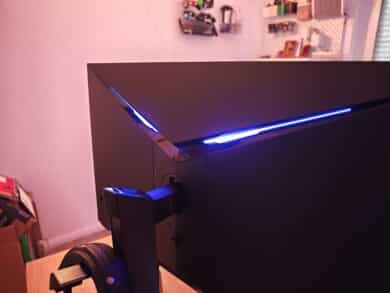

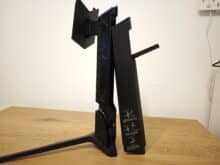




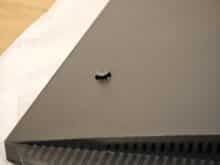
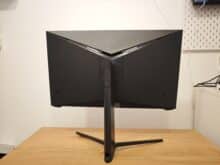
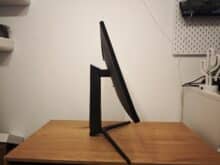
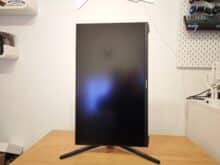
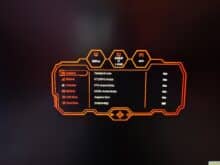
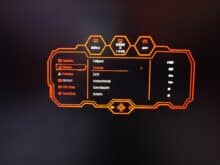


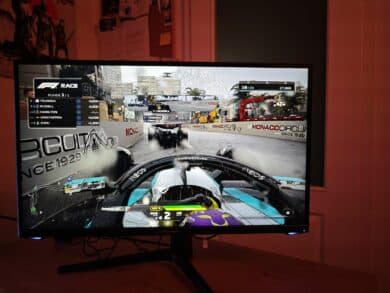
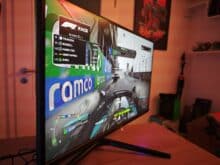





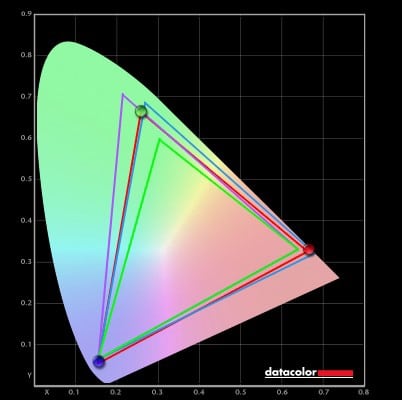

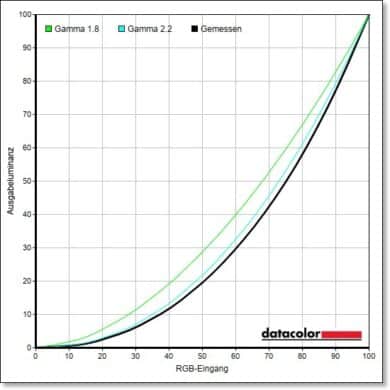


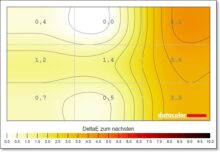

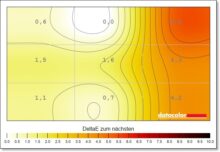
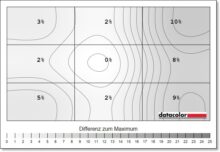
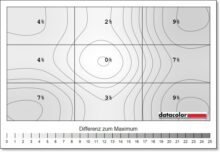

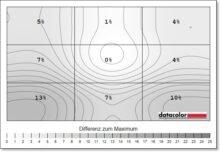
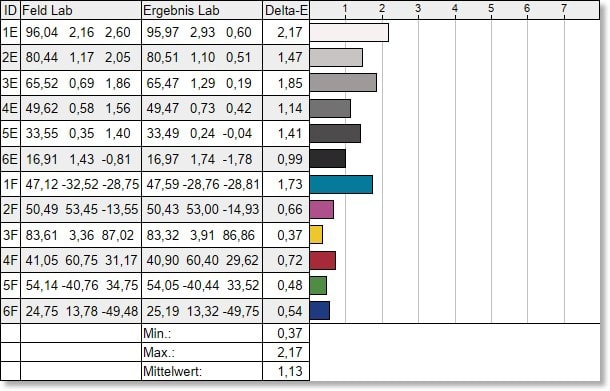

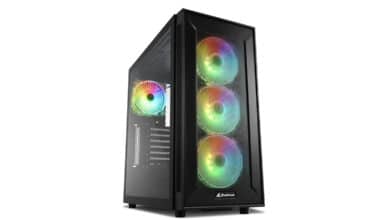
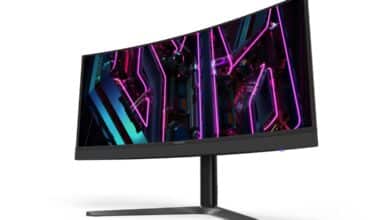
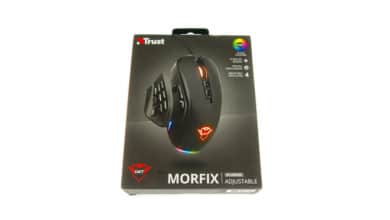
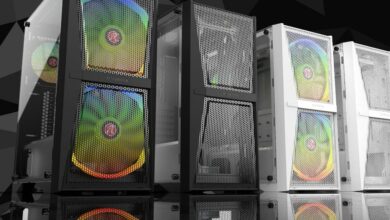
No replies yet
Neue Antworten laden...
Gehört zum Inventar
Beteilige dich an der Diskussion in der Basic Tutorials Community →